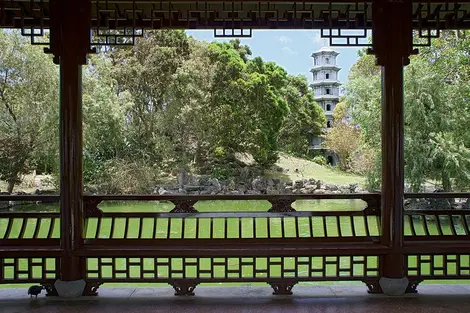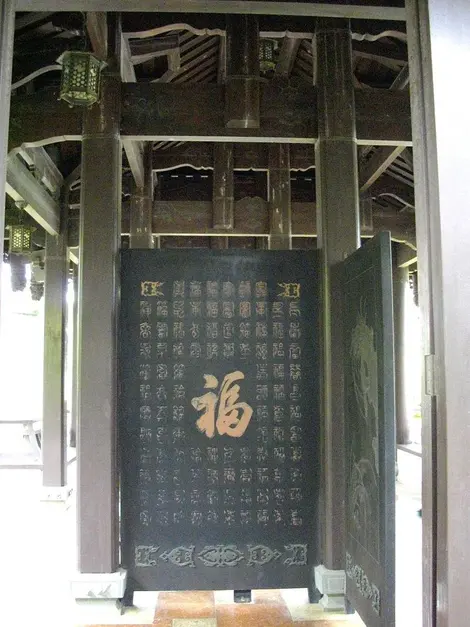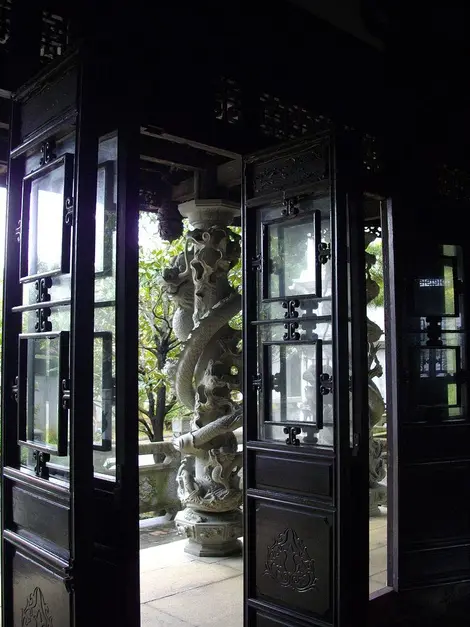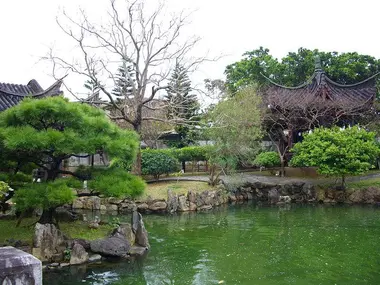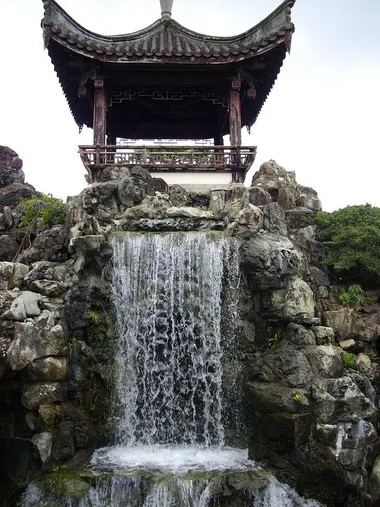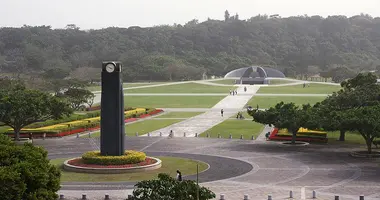Fukushū-en Garden 福州園
A Chinese garden
Okinawa belongs to the Ryûkyû archipelago, an independent kingdom from the 14th to the 19th century, then fell under the zone of influence of Japan. The Satsuma clan remotely controlled Okinawa's foreign trade, which served as a trading hub between China and Japan amid sakoku , the country's lockdown policy. The Chinese influence was very strong on the archipelago, and it is in particular in his honor that the Fukushû-en garden was built in Naha.
From Fuzhou to Naha
The Fukushû-en garden was opened in 1992 to celebrate ten years of twinning between Naha and the Chinese city of Fuzhou. It is located in the Kumekura district, a locality known at the time to house the diplomats and bureaucrats of the Ryûkyû kingdom. This community was cradled in Chinese culture and language, the vast majority of them having participated in study trips or diplomatic delegations to Fuzhou. This allowed them to be a privileged interface between Okinawa and China .
The garden was made entirely from materials taken from Fuzhou (notably wood and stone), with the help of Chinese craftsmen , and using typical representations of Chinese gardens.
Another trip to China
Enter this garden protected from the world by a wall that completely surrounds it. A large body of water occupies the space and enters the different sections of the garden, divided into four parts, one for each season. The garden also has four entrances corresponding to the cardinal points, supported by Chinese-style pillars around which dragon carvings wrap. You can, for 100 yen , feed the carp and turtles, symbols of longevity and wisdom in China, before strolling again through the cobbled paths among vegetation imported from Fuzhou.
Discover our individual circuit: Japanese Gardens
If you enter through the east gate, you'll fall almost directly past a waterfall that comes to flow into the pond. A cave has been dug behind and can be explored by apprentice speleologists. Above sits a Chinese-style pavilion which is accessed by steps carved into the rock and which offers a magnificent view of the entire garden.
Also worth visiting: The Okinawa Prefectural Museum
Six-sided Chinese pavilions populate the garden, as well as themed statues and bridges, including the Zodiac Bridge on which the twelve animals of the Chinese Zodiac are depicted. You will even have the opportunity to end your visit in a building where Chinese paintings are exhibited, and to take a look at a reproduction of the boats that Okinawans used to travel to Fuzhou. Don't miss the opportunity to get lost in this little piece of China!
Address, timetable & access
Address
Phone
+81 98-869-5384Timetable
10-minute walk from Kencho-mae monorail stationPrice
200 yen for children over 12 100 yen for children under 12Access
Open every day from 9 a.m. to 6 p.m., except Wednesday



